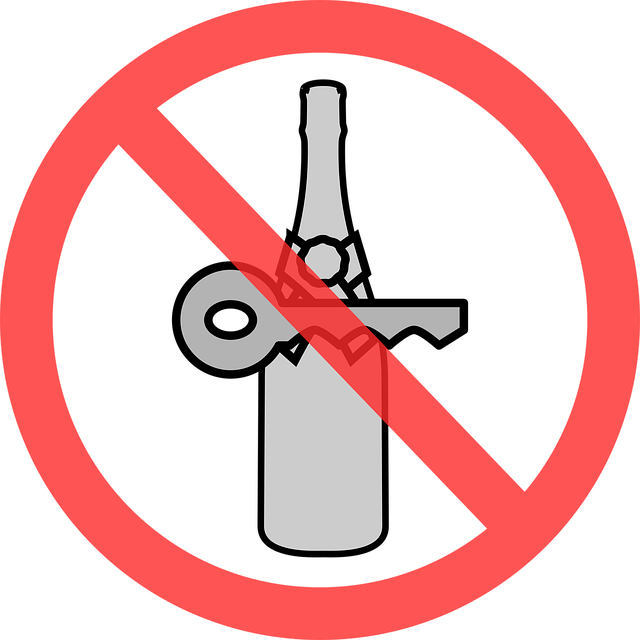High-Risk Reoffender DUI Management is a critical aspect of employment and record clearing, addressing the unique challenges faced by individuals with a history of DUI. This strategy involves comprehensive screening, specialized rehabilitation programs, and supportive systems to tackle the root causes of DUI offenses. By implementing these measures, employers and legal professionals facilitate successful reintegration, fulfill legal duties, and ensure public safety. Efficient case management, staying updated on local laws, and personalized client intake processes are vital for effective DUI record clearance, enabling high-risk individuals to rehabilitate and reenter society.
In many jurisdictions, individuals with a history of High-Risk Reoffender DUI face significant challenges in securing employment. This article explores effective strategies for navigating and clearing these complex records, offering a comprehensive guide for both professionals and individuals seeking a fresh start. From understanding the intricacies of high-risk management to implementing best practices for record clearance, we provide a step-by-step approach to help those impacted by DUI laws regain control over their futures and access better career opportunities.
- Understanding High-Risk Reoffender DUI Management
- The Process of Clearing Records: Step-by-Step Guide
- Best Practices for Effective DUI Record Clearance
Understanding High-Risk Reoffender DUI Management

In the context of employment impact and clearing records, understanding High-Risk Reoffender DUI Management is paramount. This segment specifically focuses on individuals with a history of driving under the influence (DUI) who pose a heightened risk of reoffending. Such individuals often face significant challenges when seeking employment due to the stringent legal restrictions and public perception associated with their past actions.
High-Risk Reoffender DUI Management involves a multi-faceted approach. It includes rigorous screening, comprehensive rehabilitation programs, and ongoing support systems designed to address the underlying issues that led to the DUI offense. By implementing these strategies, employers can not only comply with legal mandates but also contribute to the successful reintegration of these individuals into society while mitigating potential risks.
The Process of Clearing Records: Step-by-Step Guide

Clearing records is a meticulous process, particularly for individuals with a history of high-risk offenses like DUI, as it involves navigating complex legal systems and regulations. The journey to clear your record begins with an assessment of the specific laws in your jurisdiction, as these vary significantly from place to place. Once you understand the applicable laws, the first step is to gather all necessary documents related to your case, including court records, police reports, and any evidence that demonstrates successful rehabilitation.
Next, you’ll need to determine your eligibility for record clearance or expungement, which often requires meeting certain criteria, such as completing community service, attending counseling sessions, or maintaining a clean criminal record for a specific period. For high-risk reoffenders, the process might include additional steps like substance abuse treatment or specialized rehabilitation programs. After preparing all required documentation and ensuring compliance with eligibility requirements, you can file your application with the appropriate court or governmental agency responsible for managing DUI cases and high-risk offender records.
Best Practices for Effective DUI Record Clearance

Effective DUI record clearance is a critical aspect of second chances and rehabilitation, especially for high-risk reoffenders. To manage DUI cases successfully, consider implementing best practices that streamline the process and minimize potential legal complications. One key strategy involves staying up-to-date with local laws and regulations, which can vary significantly across jurisdictions, affecting eligibility criteria and procedures for record sealing or expungement. Regularly reviewing these laws ensures your organization provides accurate guidance to clients.
Additionally, establishing a comprehensive client intake process is essential. This should include gathering all necessary documentation, thoroughly assessing individual cases, and offering personalized advice tailored to each client’s unique circumstances. By prioritizing thoroughness and transparency, you can help high-risk reoffenders navigate the complexities of DUI record clearance, ultimately supporting their journey towards rehabilitation and reintegration into society.
In understanding and managing High-Risk Reoffender DUI cases, clearing records is a significant step towards second chances. By following a comprehensive guide and adopting best practices, individuals can navigate this process effectively. From recognizing the unique challenges to implementing successful strategies, these steps empower those with DUI histories to move forward, fostering opportunities for rehabilitation and reintegration into society while ensuring public safety.






